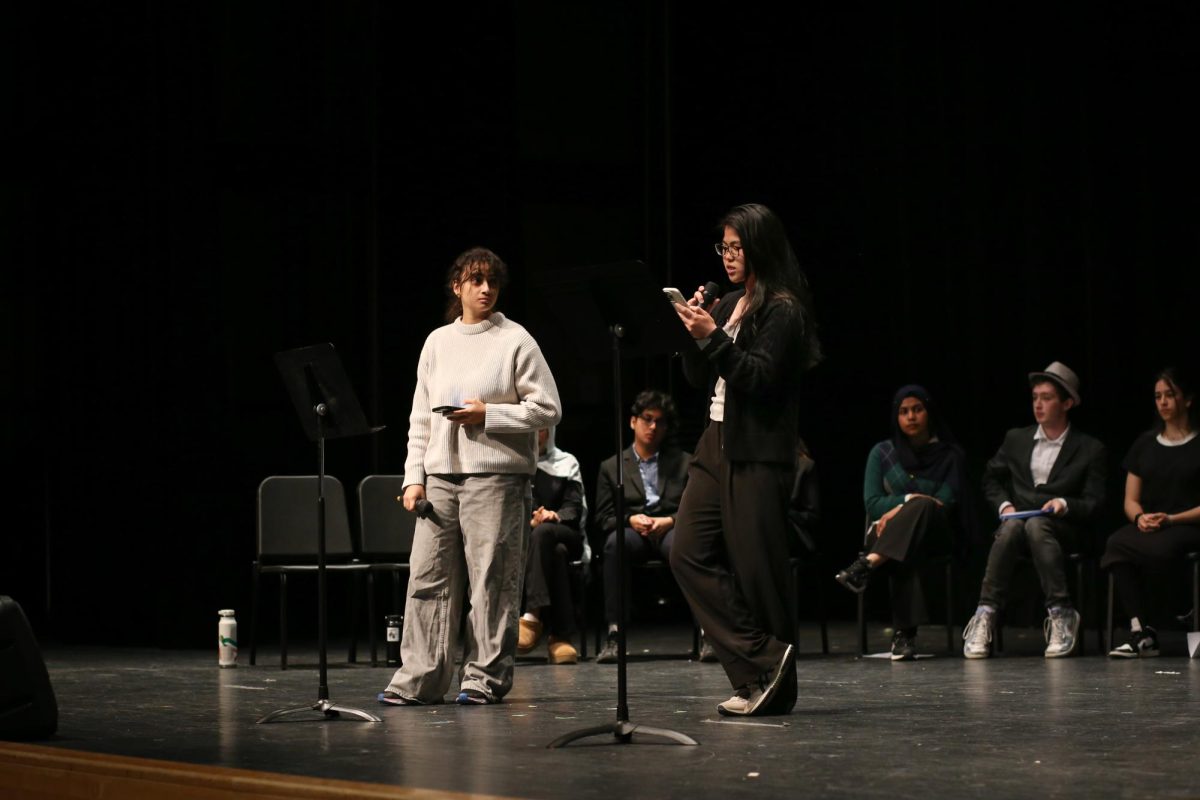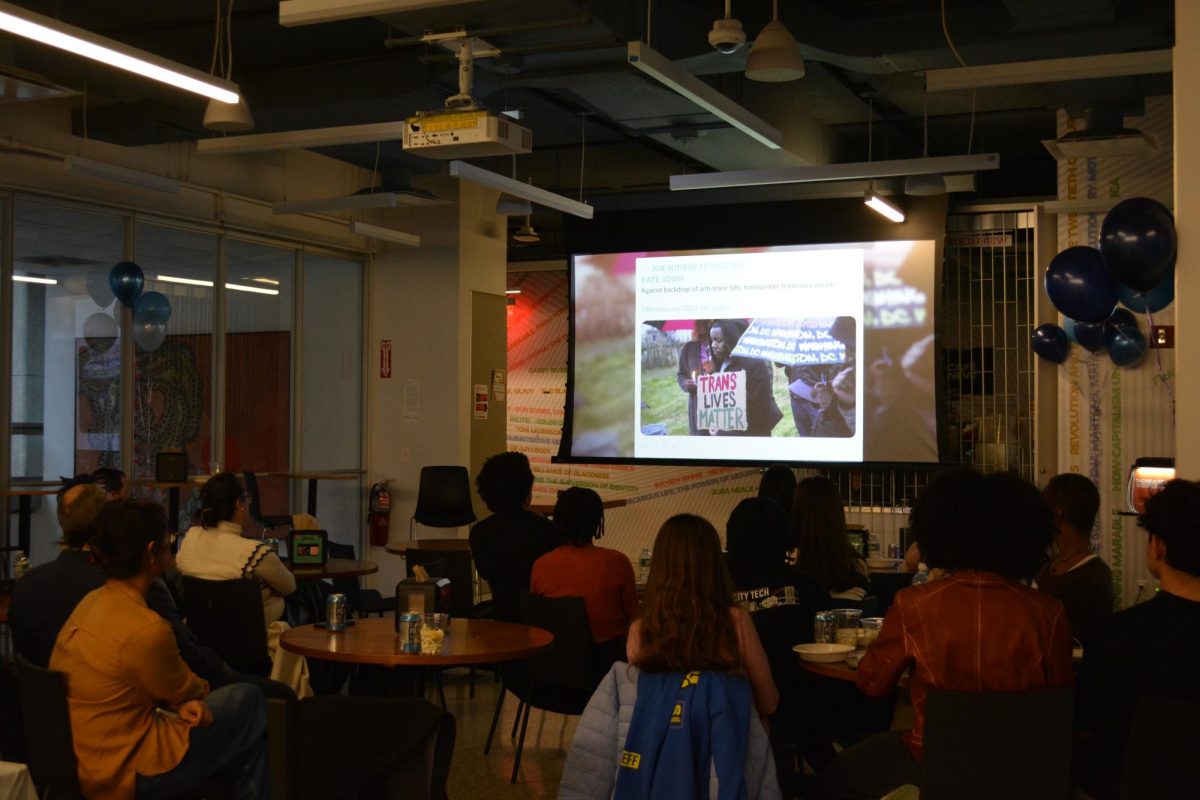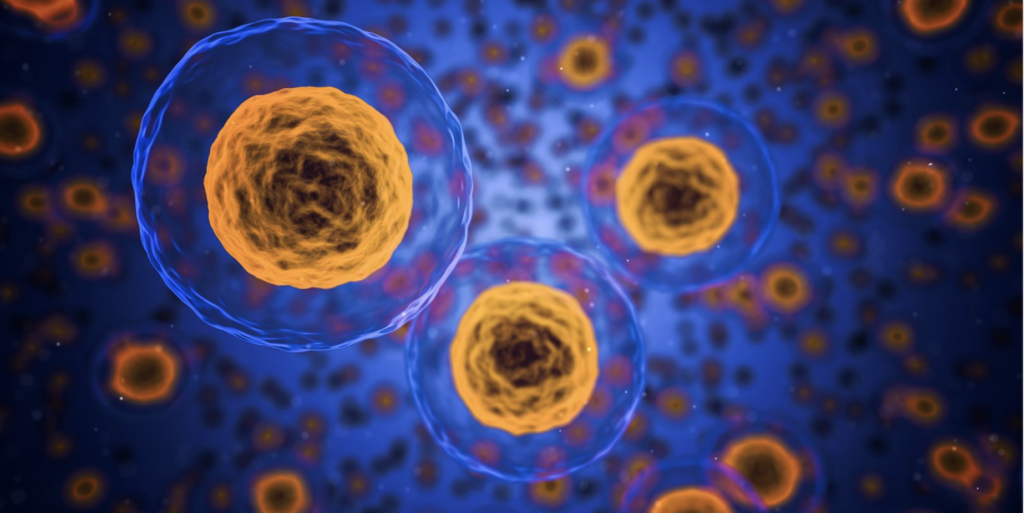
By Togay Atmaca, Adamary Felipe, and Jasmine Wang, Staff Writers
October marks the start of AIDS Awareness month in the United States, and the students and faculty at Townsend Harris High School are getting ready to learn more about the importance of how AIDS impacts our society. Although all NYC high school students are mandated to take a Health course for one semester, recognizing AIDS Awareness month annually reminds everyone about what AIDS is and what the syndrome does. .
HIV (human immunodeficiency virus) spreads through certain body fluids and affects certain immune system cells, such as CD4 cells or T cells, which work to protect your body from infections and diseases. AIDS (acquired immunodeficiency syndrome) is diagnosed once the CD4 cell count is less than 200 since the normal range is about 500 – 1,500. This low count of CD4 cells allows for opportunistic infections to take advantage of the weakened immune system and is potentially fatal. With this knowledge, we can understand how to take steps to prevent it and where we are in the process of discovering a cure for HIV, the virus that leads to AIDS.
According to Health and Physical Education teacher Matt Lemanczyk, the most important step to take when it comes to prevention is staying educated in regards to how HIV is spread. “If proper education is provided on preventative measures,” Mr. Lemanczyk said, “the risk of contracting the disease is drastically decreased.” This is especially important in today’s society because, as Health and Physical Education teacher Jamal Bermudez described, “More teens are exposed to sex these days than ever before. The music has become more raunchy and access to pornography and other graphic content [have increased].
Students currently in a health class share the same sentiment when it comes to HIV/AIDS education. Sophomore Joshua Vieira described how learning about the disease and other STDs in health class is useful beyond a school setting, such as by introducing students to the “treatments and… methods of prevention” so that they will “know how to practice safe sex” as they enter sexual maturity. This understanding, according to Joshua, also means that “we aren’t necessarily afraid of [HIV/AIDS] as we were in the 80s,” rather, we are more prepared to understand and treat it.
Students have also participated in programs to continue learning about HIV/AIDS so that they can teach others students about it. Junior Emily Tan participated in the HIV/AIDS mentor program and “gained awareness of what HIV is and how it can ruin a person’s life. Even though there is a medication that can halt the progression of HIV into AIDS, it is better to take preventative action than reactive.” She added that by doing so, we can collectively decrease the number of HIV cases; “The [fewer] people affected, the closer we are to eradicating HIV.”
It’s important to keep infections at a minimum because, as AP Biology teacher Katherine Cooper explains, “viruses mutate and adapt which is why they’re so difficult to kill off. Their rate of mutation is higher because they’re so small and simple.” As more people contract HIV, it gets more opportunities to mutate and becomes harder to treat. “Every mutation can make a huge difference,” she said.
Each time we take a moment to learn and teach others about AIDS this month, we are taking strides towards prevention and alleviating the hardship on researchers who are actively seeking a cure.



























